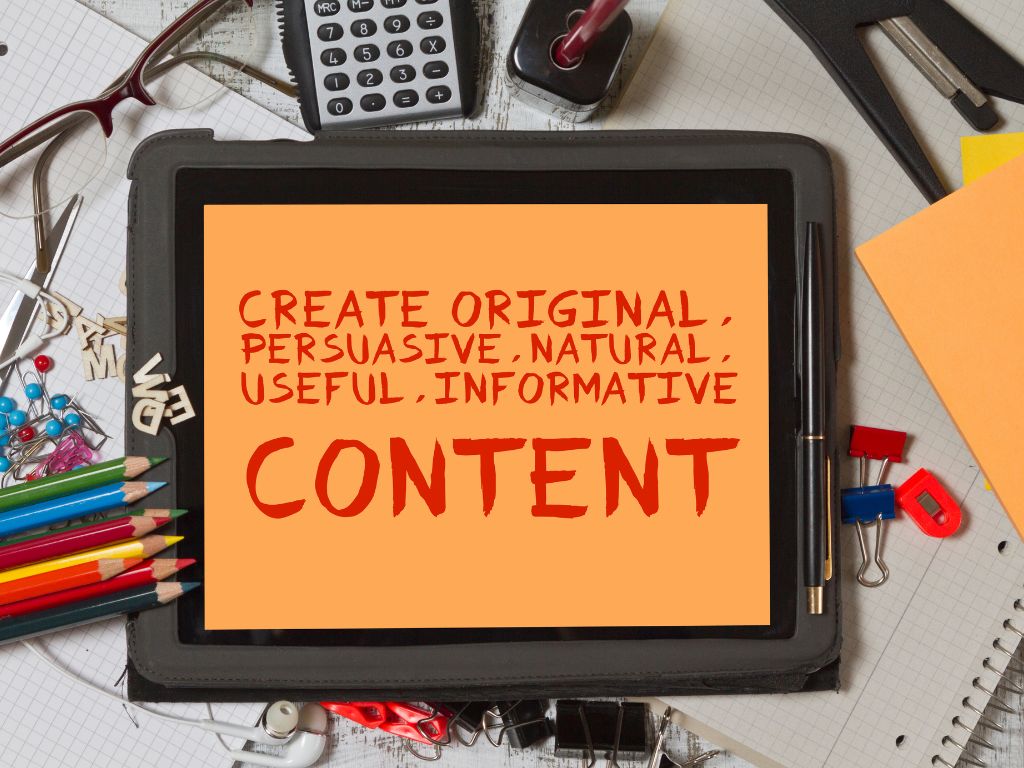Creating content regularly can be daunting, especially when you’re pressed for time. However, consistent content creation is crucial for engaging your audience and maintaining a vibrant online presence. For edtech business leaders in the UK, understanding the types of content that resonate with your audience can make all the difference. Here’s a guide to the four types of content you need to create, why they matter, and how to get started.
1. Entry Level Content
What it is: This type of content includes how-tos, tips and tricks, do’s and don’ts, and answers to common questions. It helps your audience get started and builds trust by providing valuable, practical information.
Why it matters: Entry-level content is your audience’s first interaction with your brand. It’s where you establish yourself as a helpful resource. According to HubSpot, 90% of consumers find custom content useful, and 78% believe that the organisations providing custom content are interested in building good relationships.
Examples and tips:
- How-to Guides: Create step-by-step tutorials on using your edtech products. For example, “How to Set Up Your First Online Classroom with Our Platform.”
- Tips and Tricks: Share quick tips on common problems. For instance, “5 Tips for Engaging Students in Virtual Learning.”
- FAQs: Address frequently asked questions to save time and provide instant value.
2. Category Content
What it is: Category content includes insights on current trends, news, hot topics, and busting industry myths. This positions you as a thought leader and keeps your audience informed about the latest developments in your field.
Why it matters: Staying on top of industry trends and sharing that knowledge with your audience not only builds your credibility but also keeps your audience coming back for fresh insights. According to a report by Edelman, 65% of B2B buyers say thought leadership significantly influenced their purchase decisions (Edelman).
Examples and tips:
- Industry Trends: Write about the latest trends in edtech, such as the rise of AI in education.
- News Updates: Share news relevant to your audience, like policy changes affecting online learning.
- Myth Busting: Dispel common myths, such as “Online Learning is Less Effective Than Traditional Classroom Learning.”
3. Community Content
What it is: Community content takes your audience behind the scenes of your journey, shows how you create your products, shares advanced FAQs, and includes inside jokes. This builds a sense of community and allows your audience to connect with you on a personal level.
Why it matters: Building a community around your brand fosters loyalty and engagement. According to Sprout Social, 70% of consumers feel more connected to brands whose CEO is active on social media (Sprout Social).
Examples and tips:
- Behind the Scenes: Share stories about your team, your work environment, or the development process of your products.
- Journey Stories: Document your company’s milestones and share them with your audience.
- Inside Jokes and Culture: Use humour and relatable content to humanise your brand.
4. Product and Sales Content
What it is: This content highlights your offerings with explanation videos, discounts, case studies, product deals, and reviews. It drives conversions by clearly showcasing the benefits of your products and services.
Why it matters: While it’s crucial to provide value before making a sales pitch, product and sales content is where you convert interest into action. According to Content Marketing Institute, 61% of consumers are influenced by custom content when making purchasing decisions (Content Marketing Institute).
Examples and tips:
- Explanation Videos: Create videos explaining the features and benefits of your products.
- Case Studies: Showcase success stories from real customers.
- Special Offers: Promote discounts and special deals to incentivise purchases.
Balancing Your Content Mix
Many businesses fall into the trap of only posting product and sales content, but no one is going to be willing to read or listen to your sales pitches when you haven’t done anything to add value first. By mixing these content types, you can keep your audience engaged, informed, and eager to interact with your brand.
Key recommendations:
- Plan Your Content: Use a content calendar to ensure a balanced mix of the four content types.
- Engage with Your Audience: Encourage feedback and interaction through comments, surveys, and social media.
- Measure and Adjust: Use analytics to track the performance of your content and adjust your strategy accordingly.
Conclusion
Creating a diverse content strategy is essential for building a loyal and engaged audience. By incorporating entry-level content, category content, community content, and product and sales content, you can provide value, establish authority, foster community, and drive conversions. Remember, the key to successful content marketing is consistency and understanding your audience’s needs.
By following these guidelines, edtech business leaders in the UK can create a robust content strategy that not only engages their audience but also drives business growth. Start integrating these content types into your strategy today and watch your online presence flourish.

Leave a Reply